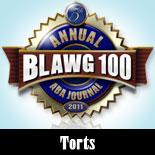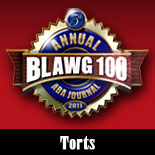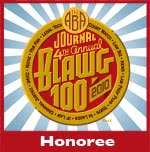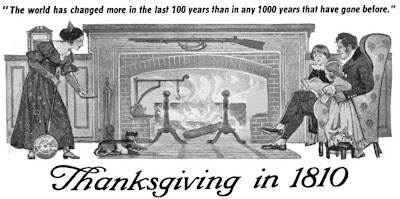
We must admit that we are growing more and more excited about the release of the new Star Wars movie. Perhaps we’ll be disappointed, just as we were in 1999 when we first caught a glimpse of the wretchedness that was The Phantom Menace. We’ll see. Get this: If you search the Abnormal Use archives for the search term “Star Wars,” you’ll receive 28 results (many of which arise from references we’ve made on our weekly Friday Links post).
Apparently, though, we were once more skeptical of the new film. Back in 2013, we wrote:
Mark our words: The casting of Harrison Ford, Mark Hamill, and Carrie Fisher in the new Star Wars sequels is bad, bad news. Trust us on this one. We’re nostalgic, too, perhaps overly so. But we sense doom on this one. Check back with us in 2015, and we’ll collect our accolades and vindication.
What do you expect from us? We are inconsistent on this issue. Back in 2012, we remarked that it was “a bittersweet topic for us, to be certain.” We’ve even given George Lucas some grief over the years for trying to tie the Star Wars narrative – which takes place a long time ago, in a galaxy far, far away – to Valentine’s Day. But back in 2010, we noted that “any court in the land would find that 1980’s The Empire Strikes Back is the best film of the Star Wars series as a matter of law.”
In one or our earliest Friday Links posts, we cited several courts that have attempted to describe the Star Wars universe in their opinions. Our favorite:
Darth Vader is a huge, malevolent figure dressed entirely in flowing black robes, including a black cape which reaches to the floor. His face is masked by a grotesque breath screen with sharp angles and menacing protrusions. He wears a black helmet of flared design and is armed both with a light saber and his command of The Force, a cosmic power tapped by the Jedi Knights, a vanishing breed of crusaders for good from whose ranks Darth Vader has defected. Darth Vader has significant confrontations in the movie with his former teacher, Ben (Obi-Wan) Kenobi, who is now the Jedi Knight mentor of the young and heroic Luke Skywalker, and with Luke himself; the first battle is fought with light sabers and the second with spaceships.
See Ideal Toy Corp. v. Kenner Prods. Div. of General Mills Fun Group, Inc., 443 F.Supp. 291, 297-98 (D.C.N.Y. 1977).
We like that there is federal judicial authority for the proposition that Darth Vader is malevolent.
Our favorite, as you might suspect, is our 2011 April Fool’s Day post, entitled “Star Wars Prequels Unreasonably Dangerous and Defective, South Carolina Federal Court Finds” (something which we previewed in an early post here). In fact, we cited that fake case in this year’s April Fool’s Day post, “Federal Court Enjoins Reboots of ‘Twin Peaks’ and ‘The X-Files’ On “1990’s Estoppel” Grounds.” Those were absolute joys to write, we must say. Cathartic, in fact.
By the way, now is a good time to revisit the Drug and Device Law blog’s magnus opus on Star Wars, as well. Click here to revisit that piece.






















